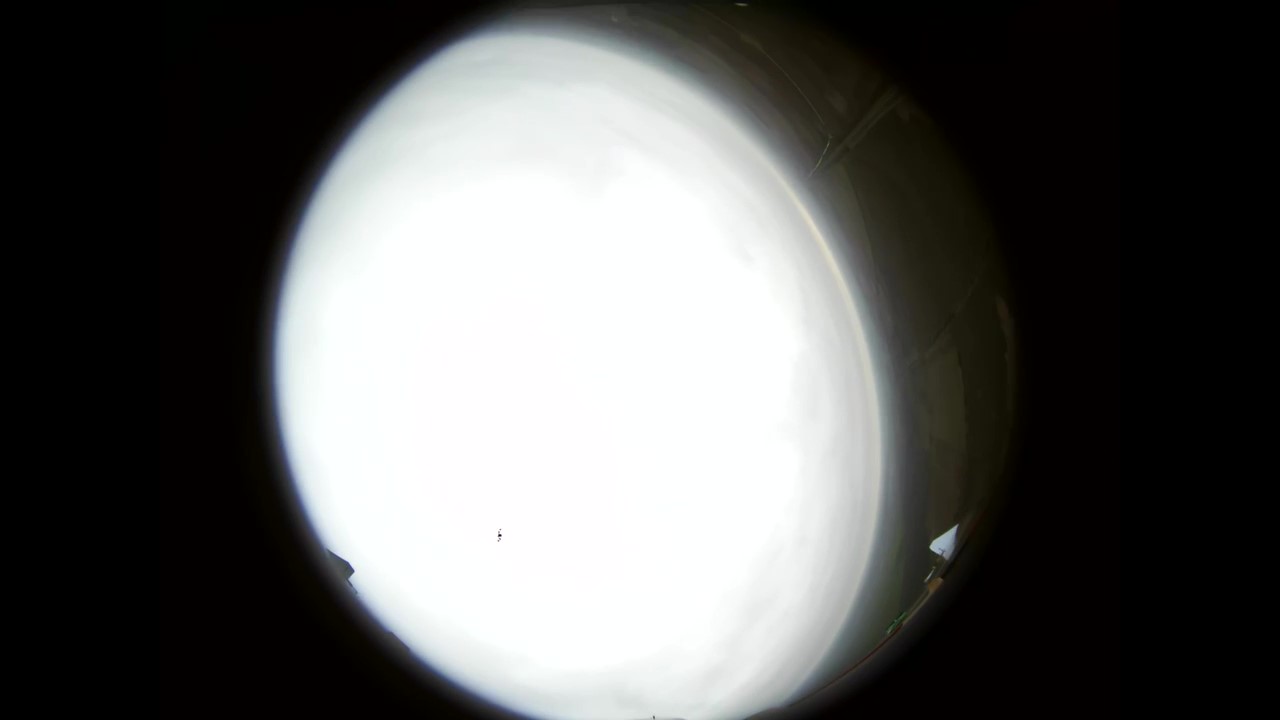The volunteer community of Serhiy Sternenko released a video showing the interception of a Russian Zala drone, which was apparently equipped with a new system for automatic evasion from attacks. Information about its existence only became available in October, and at that time, this development was still in the testing phase.
The published footage demonstrates that as the Ukrainian drone approached, the Zala made a sharp maneuver, rolling onto its wing, losing altitude, and changing course. As a result, two attacks by the Ukrainian anti-aircraft drone were thwarted, and only on the third attempt, when the operator from the Signum unit attacked at a higher speed and steeper angle, was success achieved.
It is noted that according to available information, the Russian development utilizes solutions with rear-view cameras that have an ultra-wide field of view. The images from these cameras are analyzed by "machine vision" algorithms, which allow for the detection of the anti-aircraft drone and the issuance of a command to execute an evasive maneuver.
At the same time, it is possible that instead of "machine vision" and algorithms, this task could be performed by an additional operator whose role is to identify the threat and activate the maneuver.

And although the Russian reconnaissance drone was ultimately shot down, it is important to note the significantly greater efforts required for this compared to the destruction of other Russian drones. In particular, the next video showing the interception of a similar reconnaissance UAV, but without this system, looks entirely different.
All of this indicates that transitioning to solutions with "machine vision," which essentially acts as a self-guidance system for the anti-aircraft drone, is highly desirable for engaging enemy UAVs. Additionally, as a countermeasure against the Russian automatic evasion system, it may be worth considering tactical changes involving gradual approaches to the target for a dive attack.